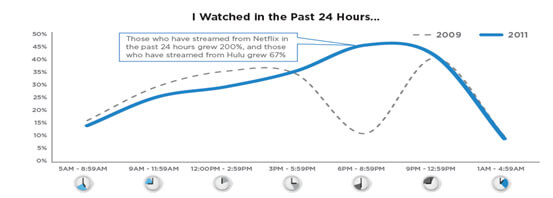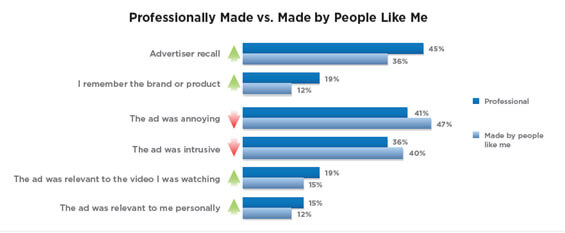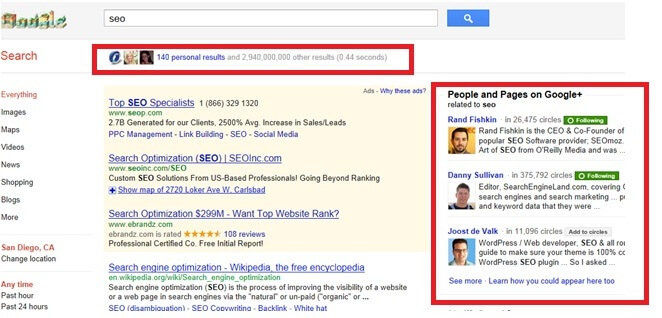A recently-released study conducted by Yahoo! illustrates several surprising changes in the evolution of online video consumption since 2009. This study may have significant implications for the way marketers engage potential clients, by leveraging a media that is gaining more and more traction with a greater number of online viewers.
Online video viewing has increased by 33% from 2009, and now roughly 57% of people surveyed watch some type of video online every day. The most prominent type of video watched falls in the “Short Clips” category, at 74% of all video views. However, this type of video is down by 10% since 2009, while Full-Length TV Shows and Full-Length Movies are up, by 7% and 3%, respectively.
One of the most interesting shifts in online video viewing is the increase in number of viewers between the hours of 6pm-9pm. In 2009, views in this time slot would drop to just over 10% of total views by hour; in 2011, however, views in this time period have jumped up to the 40%-50% range, most likely due to the prominence of video-capable mobile devices and streaming video from sites like Netflix and Hulu. On the flip side, viewership dropped slightly during business hours.

Despite the increase in overall viewership and overall video sharing, the percentage of people who actually share online videos have dropped from 34% to 26%, a fact that Yahoo! attributes to the slightly older age of the video-watching demographic and type of video being viewed. Older demographics are less likely to share videos, and are less receptive to ads associated with online video content, gravitating instead toward professionally-created media. The study showed ads created by professionals for business, entertainment, or news sites were more frequently linked to brand recall, relevance, and personal acceptance. Videos produced by individuals were more frequently seen as “intrusive”, “annoying”, and irrelevant.

Marketers will also benefit from videos featured in articles, blogs, websites, and other “mixed media” scenarios. Of those surveyed, 57% indicated they enjoyed watching a video that helps to enhance or help explain an article, concept, or news source. What’s more, audiences tend to find this type of video professional and claim it aids with brand awareness and product recall.
For online advertisers concerned with staying abreast of constantly changing technology and trends, online video production is an area in which to pay close attention. While this media may not serve every business well, it is likely to grow as a prominent form of online engagement. If you have any questions or concerns about your online marketing presence, or how to keep pace with the competition in 2012, contact your SEO agency today.
Contributed by Amanda Finch, VP Operations


